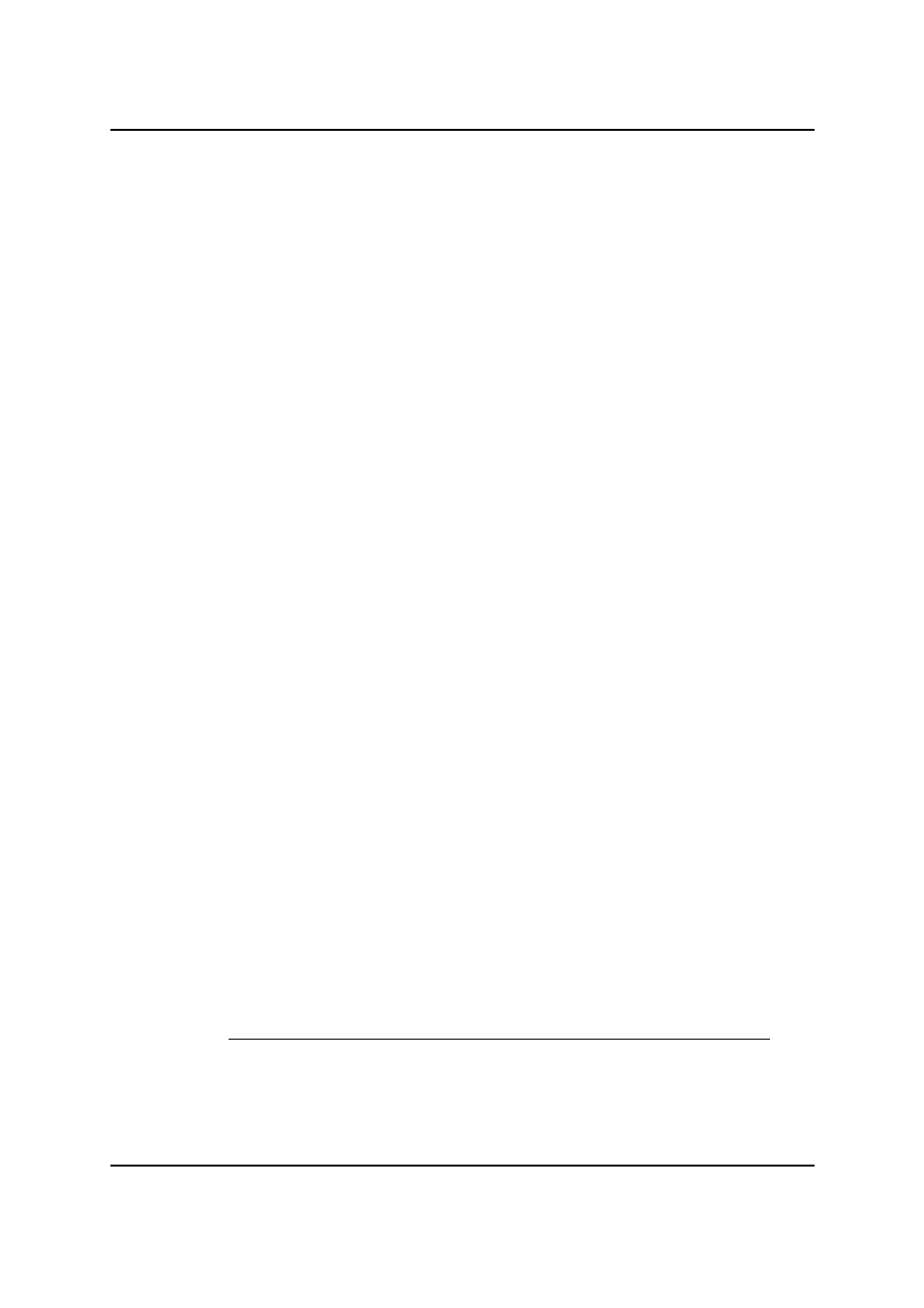Usage patterns – MiG InfoCom MiG Calendar AShape Developer Manual User Manual
Page 8

MiG InfoCom AB
•
Reference and actual bounds handling
•
Hit shape storing and processing
•
Layer and paint order handling
•
Interactions
The concrete
AShape
classes, such as
FillAShape
, only
have to implement the paint method that actually draws the
shape in a provided
Graphics2D
object. This means that if
you want to write your own shape classes it can easily be
done, yet they will still have all the features that
AbstractAShape
provides.
Tree Structured
The shapes are combined in a tree structure just like
Components
in Swing or SWT. There is always a
RootAShape
at the top. It has some additional information
that is used for the whole tree. Then one just add sub shapes
to the root shape, and probably sub shapes to the sub
shapes as well. A sub shape node's bounds is always relative
to it's parents bounds. Exactly what bounds a sub shape will
get is dependent on the
ActivityLayout
set on the parent
as well as its own
PlaceRect
. A
PlaceRect
is a rectangle
that denotes a difference to another rectangle, in this case to
its parent's bounds.
There are currently three different concrete implementations
of a
PlaceRect
. And that is
AbsRect
,
AlignRect
and
AspectRatioRect
. They all have a little different approach
on how to specify the relativeness to the parent's bounds.
Building simple as well as complex shapes this way is much
like how it's done in Swing. There are just different types of
layouts and Swing lacks the
PlaceRect
functionality.
In the demo directory created in the installation directory
there is a class called
AShapeCreator
. It contains a lot of
code that creates different types of
AShape
s. Some simple
and some complex ones.
Usage Patterns
Pattern #1. Like a Normal Component
This is a one-to-one relationship in that you create one
AShape Developer Manual
Page 8 / 24
